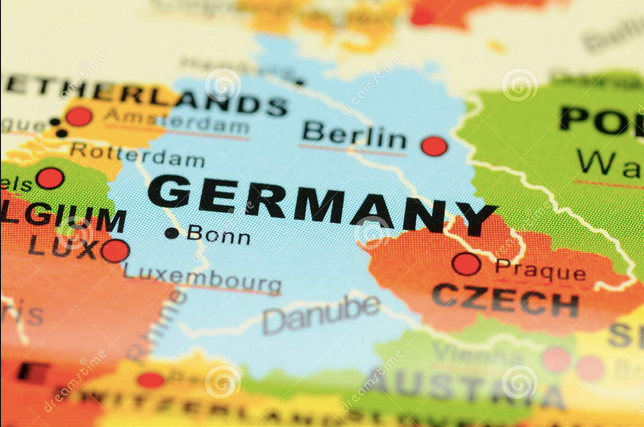. . .
As DW say, one theory of imbalances is macroeconomic: countries that save more than they invest will run surpluses, countries that invest more than they save will run deficits, so when a big saver trades with a big spender, big imbalances are to be expected. And that’s certainly part of the story.
But not all. Overall, Germany exports about 25 percent more than it imports, America imports about 50 percent more than it exports. The bilateral imbalance is a lot bigger than either of these.
The other story DW tell is about “triangular trade.” Here’s my version: think of a world containing three countries, Spendthriftia, Austeria, and Petrostan. The first two mainly sell manufactured goods, which are differentiated products so there’s a lot of two-way trade. The third sells raw materials, which it trades for manufactures. However, Spendthriftia also produces a lot of raw materials, e.g. by fracking, which makes it relatively less reliant on imports.
Read full article




